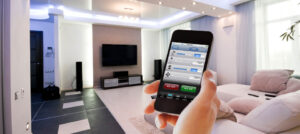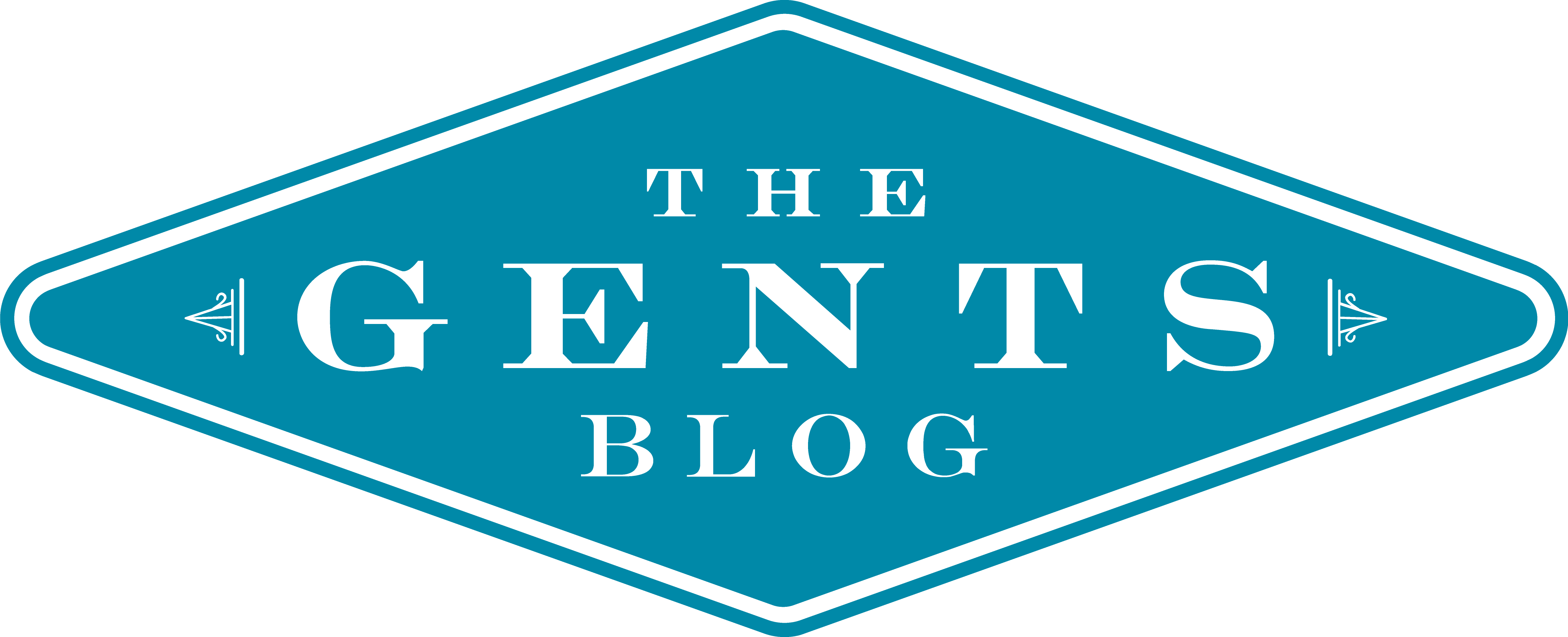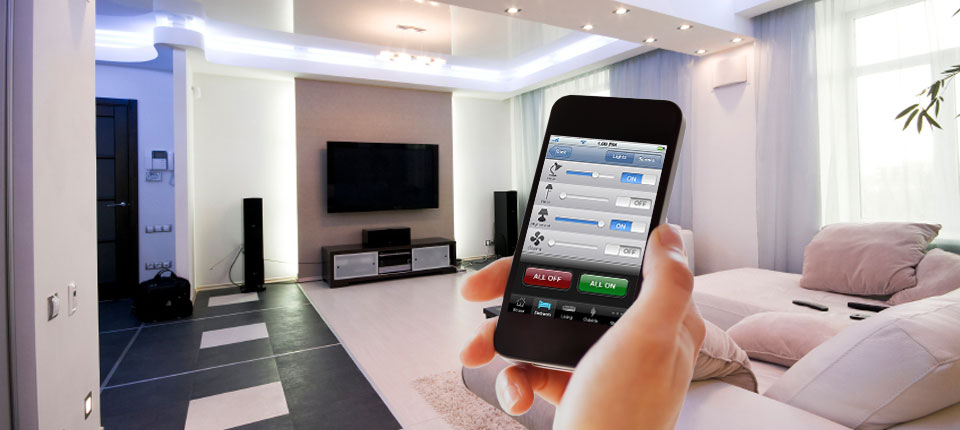In the last five years home automation has grown into a multi-billion dollar market. Due to its proliferation, home automation can be defined in several ways. In this case we are categorizing it as the residential extension of building automation. It may include centralized control of lighting, HVAC (heating, ventilation and air conditioning), appliances, security locks, gates and doors and other systems. These systems are in place to provide improved convenience, comfort, energy efficiency and security. We live in a society of constant connection and the connection to one’s home is no different. We crave information from all sources and options for action based on that information. Home automation gives us that, but can take many forms and sometimes be pretty costly. We’ve done a little of the work for you and provided a brief breakdown of the major categories and ensuing options.

HVAC – Players: Nest, Ecobee, Honeywell, Venstar. The clear leader here is Nest (recently purchased by Google). The Nest thermostat was arguably the turning point for home automation as it made this semi-mundane sector more connected to the everyday home owner. Security monitoring and cameras existed prior to its release, but they were the first to make home automation simple, reliable, modern, and impeccably designed.
Verdict: Nest. High price is justified with this category leader
Security – Players: Insteon, Vivint, SimpliSafe, MyFox, Comcast Xfinity, ADT, and so many others. There is much more parity in the security category of home automation. Many are partial to Insteon or Vivint as they were some of the first to market (and should have many bugs worked out), but several others have arguably better offerings. Price and reliability are two main factors to keep in mind in this category. You want to make sure you get the solution you pay for as security fails can lead to some bad situations, but don’t want to break the bank to keep you and your family safe.
Verdict: Insteon or Vivint: Both are fairly cost effective with higher than average user reviews. Vivint has the larger install base.
Lighting – Players: Phillips Hue, MiLight, LIFX, and Misfit Bolt. This market has become very crowded recently. More automated lighting offerings have entered the market in the last nine months, than in the previous nine years. Price and relia bility are again the main factors for consideration. Phillips Hue is going to be the most expense overall, but boasts the most reliable platform to date. An advantage of LIFX however, is that there is no ‘hub’ required to be plugged into your Wi-Fi router. Misfit Bolt and MiLight are the two major new kids on the block, but customer feedback has been very positive to date. Those two also offer lower prices than LIFX and Hue in most home configurations.
bility are again the main factors for consideration. Phillips Hue is going to be the most expense overall, but boasts the most reliable platform to date. An advantage of LIFX however, is that there is no ‘hub’ required to be plugged into your Wi-Fi router. Misfit Bolt and MiLight are the two major new kids on the block, but customer feedback has been very positive to date. Those two also offer lower prices than LIFX and Hue in most home configurations.
Verdict: Phillips Hue or Misfit Bolt. Hue is more expensive but has time on it’s side. Misfit Bolt is the slightly less costly and less tested alternative.
Based on the categories above, the smart plays right now are security and HVAC.
Saving money and keeping your family safe are two reasons to look closer at which of these options is right for you. No doubt there will be other categories and applications of home automation in the coming months.




Thermostats: I had two Nests (1st Gen) and loved them, but recently replaced an HVAC which came outfitted with the new Honeywell. After 3 weeks I decided to pay to replace the Honeywell with a new Nest (3rd Gen). Three reasons why:
1 – having two separate apps
2 – Honeywell didn’t seem to have the functionality to control heat and AC at same time (apparently it does but it wasn’t programmed to show this option)
3 – the controls were different enough to be annoying
4 – Didn’t appear to have any great smart / eco functionality.
I’ve been told the Honeywell is actually a better thermostat … For one it has functionality to try to control humidity.
Note: I couldn’t use my original Nest because the 1st Gen doesn’t support two-stage HVACs.
Lighting: I’ve searched and researched trying to find an easy way to control can, fluorescent, and other types of lights. The most applicable functionality comes from systems like Control4, but I haven’t been willing to pay for a full system just so I can dim the lights in my media room.
I finally found a company that was addressing this problem … Plum. Instead of WiFi enabling lightbulbs they are resigning the light switch. It requires no hub, can be grouped, dims, etc. … All for about $100, which is not that much more than a nice dimmer switch.
I don’t understand why companies are putting so much effort into enabling a light bulb … There are 1000s of types of light bulbs … So seems like a poor and expensive plan (throwing away tech when bulb goes out).
Plum is starting to ship soon … Check them out at http://www.plumlife.com
HVAC … can’t speak highly enough for the Nest. I have two units and installed each with a Nest about five years ago, when the 1st generation model had just come out. It’s attempt to reduce your energy costs is great and certainly has paid for itself, but it’s the convenience factor that makes this a must have. The mobile app is great and can be used anywhere … we use it so much more than we expected (Heading home from vacation and need to make sure the house is cooled-down, in bed and can’t sleep because it’s too hot, watching a movie in the media room and it’s stuffy).
Recently we replaced our 12 yr old upstairs unit and it came with the new Honeywell thermostat. This HVAC was a 2 stage unit and my 1st generation Nest wouldn’t work, plus it was free. After three weeks, I couldn’t take it any longer and we negotiated with the HVAC company to trade us up to a new Nest instead of the Honeywell. The biggest issue was now having two different apps to access, but there were a few other features that we had become accustomed to on the Nest as well.
Note: The Honeywell is supposedly a better thermostat per the HVAC company … only thing I could nail down was that it has functionality to use the fan to control humidity, but other than this they couldn’t really explain why (and I think Nest has humidity / fan settings too).